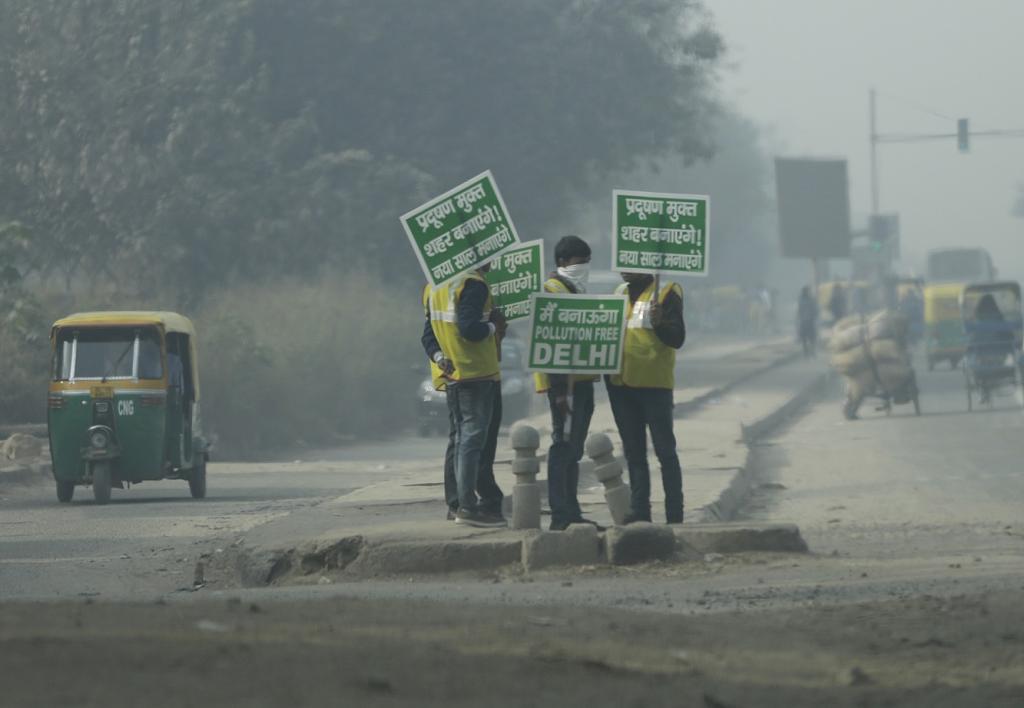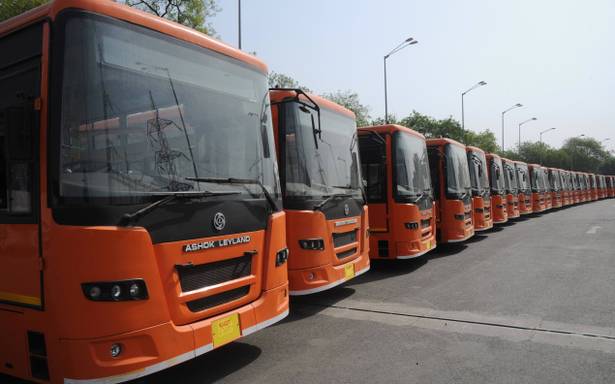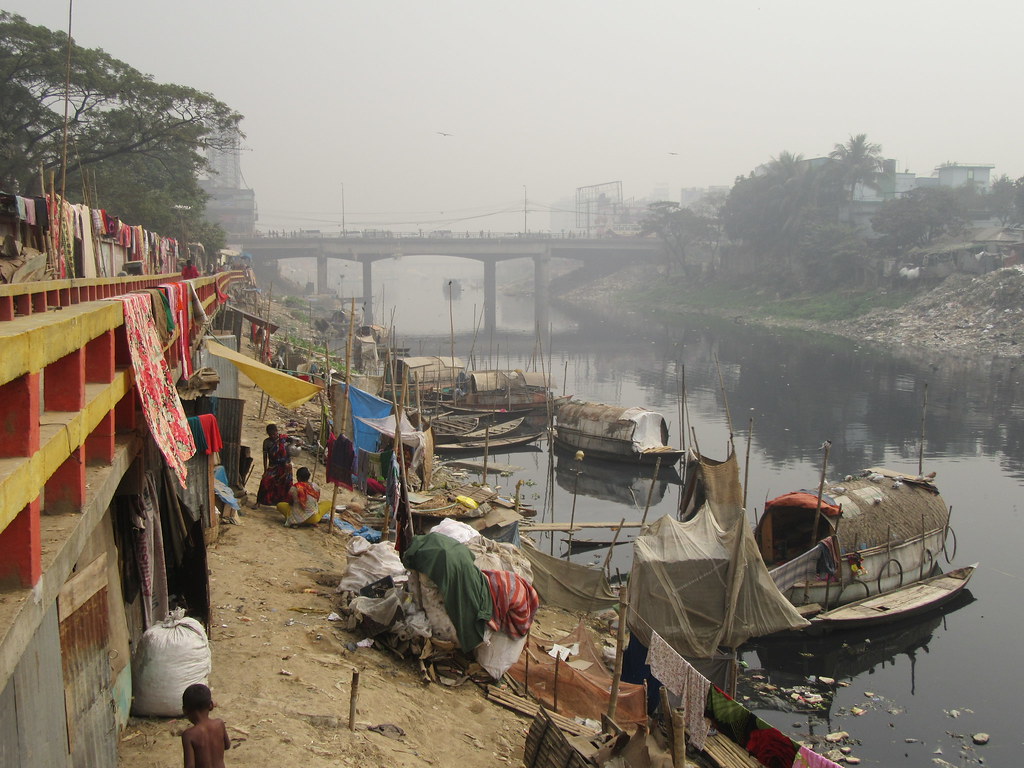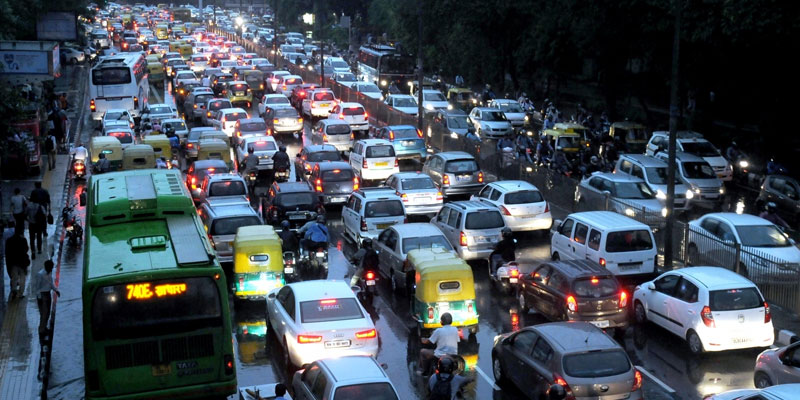The idea of the new post-industrial globalized metropolis began to circulate in India sometime in the 1990s. Bangalore was the city that was said to be the most likely to fit the bill, but Hyderabad soon announced its claim too. I suspect, however, that the idea of what a city should be and look like has now been deeply influenced by this post-industrial global image everywhere among the urban middle classes in India. The atmosphere produced by economic liberalization has had something to do with it. Far more influential has been the intensified circulation of images of global cities through cinema, television, and the internet as well as through the Indian middle classes’ far greater access to international travel.
Government policy, at the level of the states and even municipalities, has been directly affected by the urgent pressure to connect with the global economy and attract foreign investment. The result has been, on the one hand, greater assertion by organizations of middle-class citizens of their right to unhindered access to public spaces and thoroughfares and to a clean and healthy environment.
On the other hand, government policy has rapidly turned away from the idea of helping the poor to subsist within the city and is instead paying the greatest attention to improving infrastructure in order to create conditions for the import of high technology and the new service industries. Thus, manufacturing industries are being moved out beyond the city limits; squatters and encroachers are being evicted; property and tenancy laws are being rewritten to enable market forces to rapidly convert the congested and dilapidated sections of the old city into high-value commercial and residential districts. If this is the new global bourgeois vision of twenty-first century urbanity, then this time we may have successfully grasped it.

There is little doubt that the new metropolis will be a place of new social disparities. It will belong to the managerial and technocratic elite and a new class of very highly paid worker—professionals, middle and lower-level managers, brokers and middlemen of all kinds. The elite will form its own community—a spatially bound, interpersonally networked subculture built around the business centre, segregated residential areas, exclusive restaurants, country clubs, arts and culture complexes, and easy access to airports.
The new consumer industries will be driven not, as in the old days, by the market created by thrifty middle-class families, but by the high-spending workers. This is where a new, globally urban, consumer lifestyle and aesthetic will take root. The new economy will also need its share of low-wage workers. They will probably commute long distances because, without the protection of the old developmental state, they could hardly afford to live in the city. Large sections of the older inhabitants of the city will, however, become unnecessary to the new economy.
Will they accept their redundancy without protest? Will they react to the new and glaring social disparities? If democracy has indeed taken roots in India’s cities, will political society provide the instruments for negotiating a controlled transition to a new urban regime or will it explode into anarchic resistance? These are the great unresolved questions that confront our present.
SOURCE: Partha Chatterjee, The Politics of the Governed, Permanent Black, Delhi, 2004














